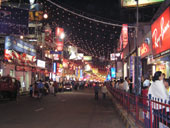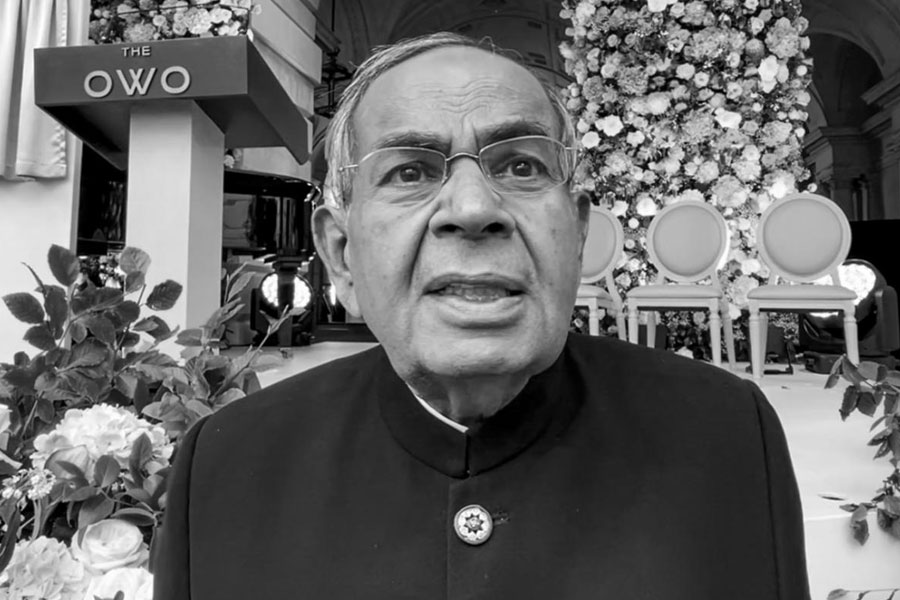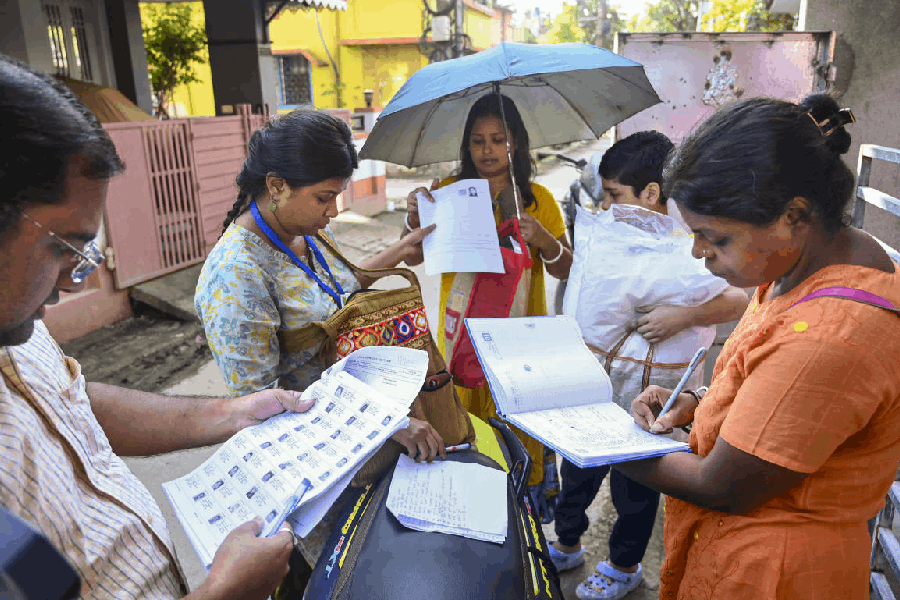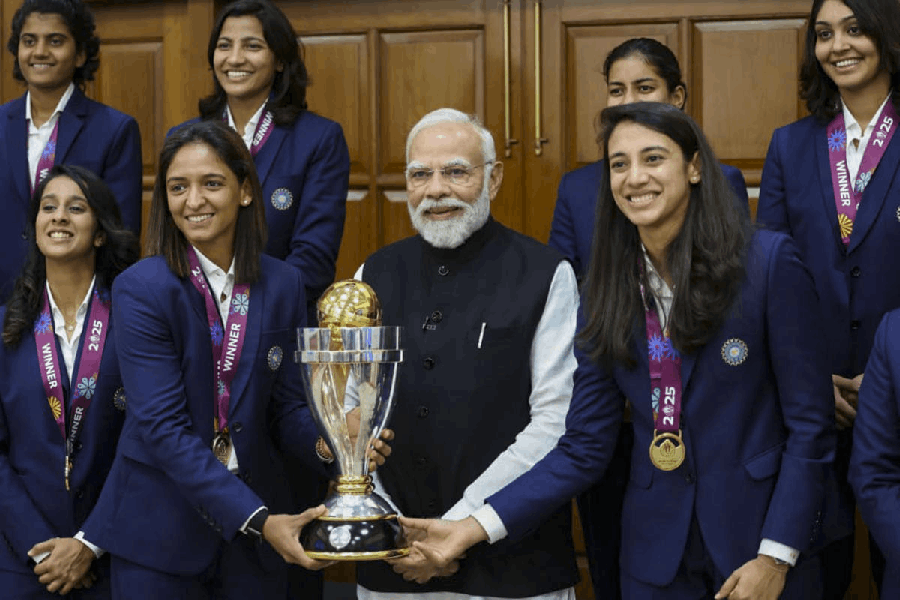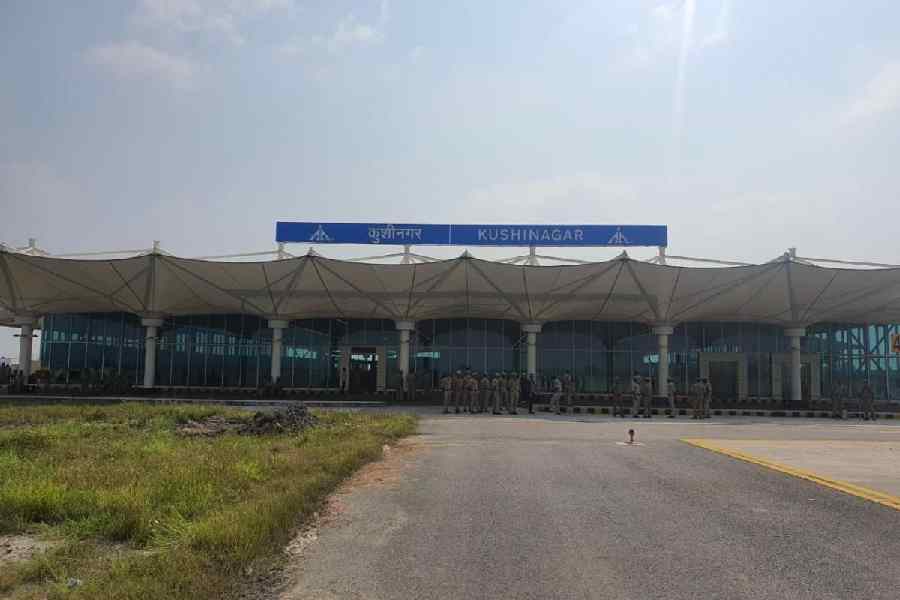 |
 |
 |
| ALL LIT UP: A busy street in Bangalore and the English dailies that are jostling to cash in on its high growth profile |
Move over Delhi and Mumbai. The latest hotspot of fervid media activity is none other than Bangalore, sorry, Bengaluru. You may call it a techie haven or the crucible of Kannada pride. But print media houses are calling it one thing alone — a huge opportunity that’s waiting to be grabbed.
Witness the way English print media brands are entering Bangalore or are consolidating their position there. In June this year, Mid Day, the Mumbai-based tabloid, launched its Bangalore edition. Soon after, the Times of India Group, whose flagship The Times of India is the largest selling English newspaper in the city, acquired Vijay Times — an English daily that occupies the third slot in terms of circulation after TOI and Deccan Herald. And now Deccan Chronicle (DC), which is the top selling English newspaper in Hyderabad, has announced its plans to launch an edition in the city. That means that the Hyderabad heavyweight too will begin to fight tooth and nail for a share of the Bangalore readership.
So what prompted this sudden spike in media interest in Bangalore? After all, with Deccan Herald — the number one English paper in Bangalore before The Times of India proceeded to wipe the floor with it — struggling to reclaim its space, and The Hindu and The New Indian Express too hanging in there, maintaining their somewhat marginal presence, the city’s English print media league table certainly looks a bit crowded right now. Media experts and industry insiders, however, feel that the interest in Bangalore has come not a day too soon. And the reason for that is two-fold. First, Bangalore’s sizeable cosmopolitan, high-earning and high-spending population, and second, the fact that its print advertising market is growing at a fast clip of 6 per cent, next only to Delhi (6.9 per cent) and Mumbai (8.9 per cent).
Indeed, one of the biggest reasons for English newspapers to make a foray into Bangalore is the dramatic change in its demographic profile. Thanks to the boom in the information technology (IT) and business process outsourcing (BPOs) industries and the consequent influx of a huge number of non-ethnic, non-local people, the composition of the Bangalore market has become highly cosmopolitan. “It’s a fantastic opportunity for English newspapers to go and talk to this cosmopolitan audience,” says Meenakshi Madhvani, managing partner of Spatial Access, a media analysis firm in Mumbai. Adds Manajit Ghoshal, chief financial officer and senior vice-president, Mid Day Multimedia Ltd, “Bangalore has such an eclectic mix of citizens now that there is a lot of scope for niche play in the market. For instance, Mid Day, which is an out-of-home tabloid, is a niche paper targeted at the new Bangalorean whose lifestyle and thought processes are very different from the old conservative set.”
The other critical factor that makes Bangalore a promising hunting ground for English print media brands is its burgeoning advertising market. According to Adex data, in terms of value, print advertising in the state of Karnataka as a whole has grown by as much as 123 per cent over the last four years as against a national average of about 102 per cent. Of course, even now the size of the Bangalore ad market is nowhere near that of Delhi or Mumbai. Spatial Access pegs the figure in the region of Rs 557.2 crore while the size of the Delhi and Mumbai print ad markets are Rs 1,555.2 crore and Rs 1,619.9 crore, respectively. Still, the fact that the Bangalore ad market is growing so rapidly is reason enough for media brands to home in on it. As Ghoshal explains, “Since newspaper subscription rates are dwindling, you have to monetise from ad revenues. After Delhi and Mumbai, Bangalore has the next biggest advertising market and a rapidly growing one. So it is logical to launch an edition there.” DC’s executive director P.K. Iyer agrees, “Bangalore’s growth graph is there for all to see. Its print media market definitely has the space to accommodate new newspapers, which is why we are launching there.”
But with so many newspapers battling for the attention of readers and advertisers, will there be blood on the floor of Bangalore’s print media arena? A price war seems likely although Iyer is quick to scotch rumours that DC would be launching with an offer price of Re 1. Nevertheless, TOI, which is the market leader in Bangalore, is taking no chances. The fact that it has pocketed Vijay Times, and with it, its sister publication in Kannada, Vijay Karnataka, signifies that the group is going all out to bolster its position before competition can sneak up on it.
Says Bhaskar Das, executive president, Bennett, Coleman & Co Ltd, “The titles from the Vijay Karnataka group have helped us extend our strength from Bangalore city to the entire state of Karnataka. While Vijay Times continues to show a remarkable rate of growth, Vijay Karnataka has become the largest read language title in the state. As TOI is already the number one English paper, acquiring the Vijay Karnataka Group papers makes our competitive position even more robust.”
Essentially, with Vijay Times, TOI plans to sew up the number 2 position as well, thereby creating a stranglehold on the city’s English print media scene. As Rahul Kansal, brand director, TOI, admits, “Vijay Times, which has a sizeable circulation and a decent equity among readers, provides us the opportunity to build it into the number 2 slot.”
According to Krishna Kumar, media planner at McCann Erikson Ltd, Bangalore, 80 to 85 per cent of the total print ad revenues in the city goes to the top selling brands — TOI, Deccan Herald and Vijay Times. Of this, TOI accounts for 60 per cent and the rest is shared between Deccan Herald and Vijay Times. Clearly, with TOI and Vijay Times coming out of the same stable, the group hopes to garner the bulk of the city’s print ad spend.
TOI’s move to take pre-emptive action is understandable. Experts believe that once it launches, Deccan Chronicle will fire on all cylinders to take Bangalore. Deccan Herald, which now sells just 1.37 lakh copies in Karnataka to the TOI’s 3.51 lakh copies, is also trying to shed its fuddy duddy image and get its act together. As D.B. Dutta, vice-president, Deccan Herald, says, “We are trying to make the paper look younger.” Then again, apart from new entrants like Mid Day snapping at the heels of established papers, other players may be waiting in the wings. DNA, the Mumbai-based daily launched by the Dainik Bhaskar group and Zee last year, was believed to be eyeing the city. Although its brass denies any plans to enter Bangalore now, there is no doubt that the city is on the radar of leading newspaper companies that are looking to break into a fresh market.
For the print media there is another long-term advantage in cracking Bangalore. It is, after all, a sort of a hub for the entire southern region. So it makes a lot of strategic sense to have a presence there. “The south is growing at a phenomenal rate so ultimately everybody will want to go there,” says Ghoshal of Mid Day. “With a presence in Bangalore, you begin to understand the southern ethos, and yet because of the city’s cosmopolitan nature, it is also easier to break in there first.”
Whether or not a TOI or a Mid Day manages to push on to Chennai is, of course, another story. For now, though, the battle lines are getting drawn in Bangalore. Given the number of newspapers in the fray, a shakeout seems inevitable in the long run. As Madhvani remarks, “The number of entrants is an affirmation that a herd is moving in this direction. But who will succeed depends on how well each of them is able to read the market and unlock its potential.”
With additional reporting by Varuna Verma in Bangalore

